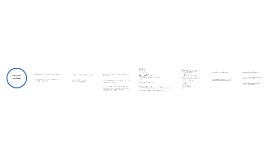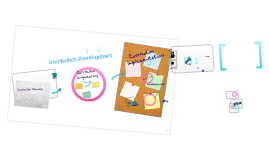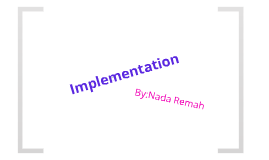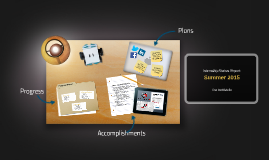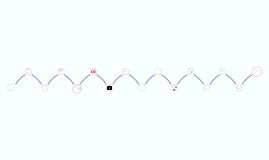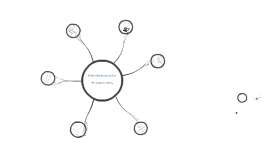Implementation
Transcript: Implementation By:Nada Remah Direct Changeover The old system is stopped completely, and the new system is started. All of the data that used to be input into the old system, now goes into the new one. This is has its advantages... Takes the minimal time and effort.The new system is up and running immediately But there are also disadvantages... If the new system fails, there is no back-up system, so data can be lost Parallel Running The new system is started, but the old system is kept running in parallel (side-by-side) for a while. All of the data that is input into the old system, is also input into the new one. This is has its advantages... If anything goes wrong with the new system, the old system will act as a back-up.The outputs from the old and new systems can be compared to check that the new system is running correctly But there are also disadvantages... Entering data into two systems, and running two systems together, takes a lot of extra time and effort Phased Implementation The new system is introduced in phases (stages, or steps), gradually replacing parts of the old system until eventually, the new system has taken over. This is has its advantages... Allows users to gradually get used to the new systemStaff training can be done in stages But there are also disadvantages... If a part of the new system fails, there is no back-up system, so data can be lost Pilot Running The new system is first of all piloted (trialled) in one part of the business / organisation (e.g. in just one office, or in just one department). This is has its advantages... All features of the new system can be fully trialledIf something goes wrong with the new system, only a small part of the organisation is affectedThe staff who were part of the pilot scheme can help train other staff. But there are also disadvantages... For the office / department doing the pilot, there is no back-up system if things go wrong Thank you!






